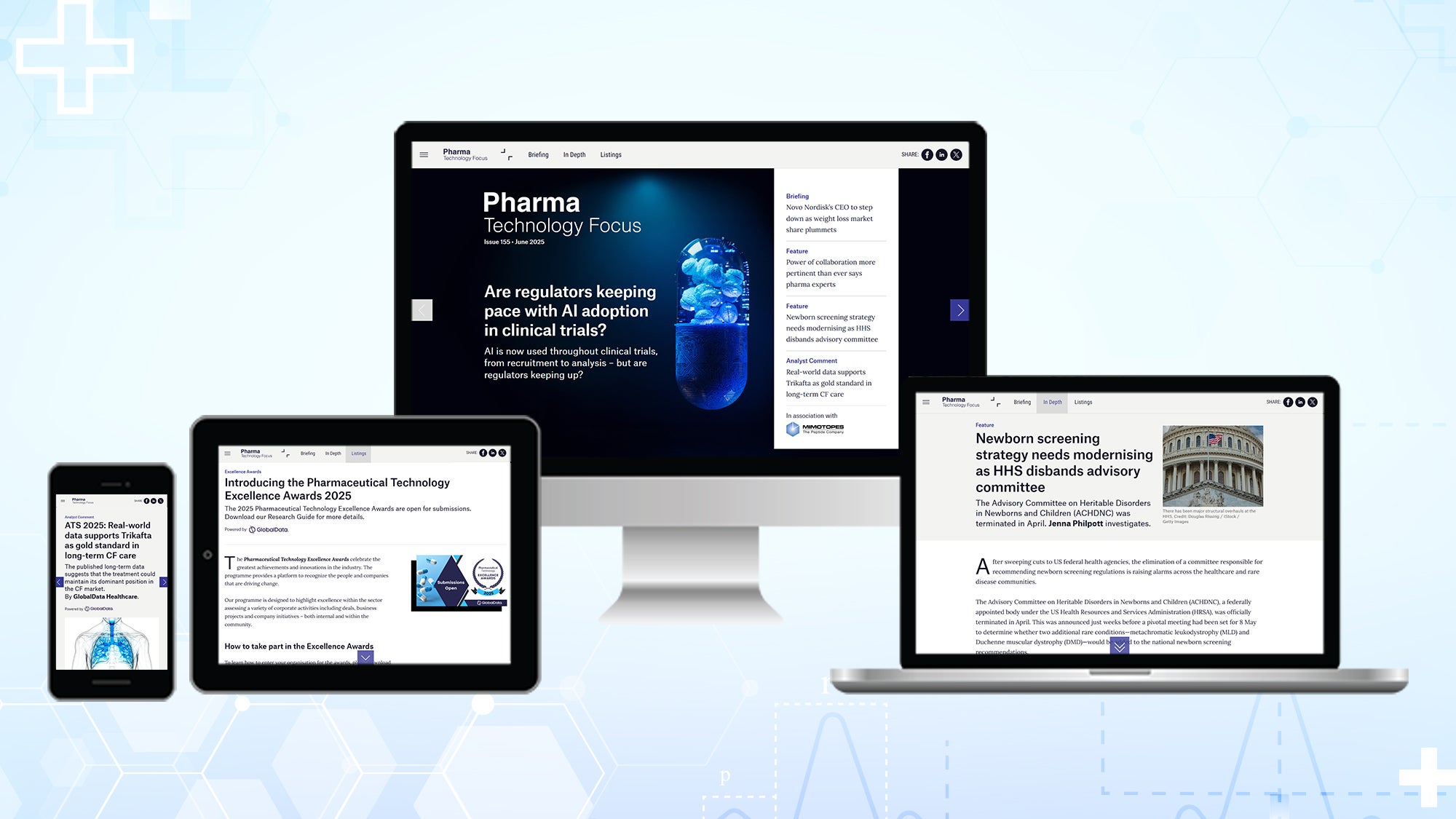Potential Link Between ‘Good’ Cholesterol and Increased Glaucoma Risk in Individuals Over 55
Cholesterol has long been categorized into two types: high-density lipoprotein (HDL), often referred to as “good” cholesterol, and low-density lipoprotein (LDL), typically identified as “bad” cholesterol. This classification has shaped medical advice related to cardiovascular health and, more recently, eye health. However, emerging research suggests that this dichotomy may not be as straightforward as previously […]

Cholesterol has long been categorized into two types: high-density lipoprotein (HDL), often referred to as “good” cholesterol, and low-density lipoprotein (LDL), typically identified as “bad” cholesterol. This classification has shaped medical advice related to cardiovascular health and, more recently, eye health. However, emerging research suggests that this dichotomy may not be as straightforward as previously thought, specifically concerning the risk of glaucoma, a serious eye condition affecting millions worldwide.
A substantial observational study has emerged from the UK Biobank, examining an extensive participant pool of over 400,000 individuals between the ages of 40 and 69. The study focused on the relationship between serum lipid levels and the incidence of glaucoma. Researchers tracked the health of these participants for an average of 14 years, allowing for a robust analysis of how cholesterol levels correlate with the development of glaucoma.
As the research unfolded, the results revealed a striking paradox. Higher levels of HDL cholesterol, conventionally associated with a lower risk of cardiovascular issues, were linked to an increased risk of glaucoma in participants aged over 55. This finding contradicts the long-standing belief that HDL is unequivocally protective against various health ailments. Instead, it suggests that elevated HDL could be a potential marker for increased glaucoma risk, urging a reconsideration of lipid management strategies in older adults.
Conversely, the study disclosed that higher levels of LDL cholesterol, while still classified as “bad,” demonstrated an association with lower risks of developing glaucoma. This unexpected connection challenges the predominant narrative surrounding cholesterol and invites a critical reassessment of the implications for health recommendations. The traditional view promoting HDL as the primary protector might require nuance when considered in light of these findings.
The risk factors for glaucoma extend beyond cholesterol levels and include age, family history, and ethnicity. The projected global cases of glaucoma are astounding, with estimates suggesting around 112 million individuals will be affected by 2040. This escalating incidence places increased importance on understanding contributing factors, such as serum lipids, which the current research indicates may have a more profound influence than previously recognized.
Within the study’s sample, 6,868 individuals were diagnosed with glaucoma, representing nearly 2% of the cohort. An analysis of demographic data indicated that those who developed glaucoma were generally older, predominantly from non-white ethnic backgrounds, and exhibited higher waist-to-hip ratios, a potential marker for central obesity. Additionally, these individuals often had a history of smoking and were taking statin medications, presenting a complex interplay of risk factors that warrant further exploration.
Notably, the differential effects of HDL and LDL cholesterol highlight the nuances in the biological landscape of ocular health. While elevated HDL levels correlated with heightened glaucoma risk, LDL levels were inversely related, creating a compelling narrative that extends beyond basic lipid profiles. Furthermore, individuals with the highest concentrations of HDL cholesterol in their bloodstream were found to be 10% more likely to develop glaucoma compared to those with lower levels. Each standard deviation increase in HDL corresponded to a 5% increase in glaucoma risk, illuminating the potential need for altered clinical perspectives concerning cholesterol’s role in eye health.
Interestingly, the observed phenomena seemed particularly pronounced in individuals over 55, with no significant correlation evident in participants aged 40 to 55. This age-specific variance indicates that the relationship between cholesterol and glaucoma risk may be influenced by factors that change with age, potentially involving metabolic or hormonal shifts that alter how lipids function in the body. Additionally, the study’s findings revealed different results depending on sex and the type of glaucoma, underscoring the complexity of the disease and the necessity for personalized approaches to treatment and prevention.
The researchers also developed a polygenic risk score, encapsulating the genetic risk factors associated with glaucoma. This score illustrated a 5% increase in odds of developing glaucoma with each additional genetic risk factor, emphasizing the interplay between genetics and environmental factors, such as lipid levels. Despite the allure of definitive conclusions, it is vital to remember that this study is observational in nature, prohibiting the establishment of direct cause-and-effect relationships. Additionally, inherent limitations exist, such as the timing of blood sample collection, which may not have accounted for fasting states or other physiological variables that could influence lipid measurements.
As scientists grapple with these findings, the implications for public health and clinical practice are significant. The suggestion that HDL cholesterol could be scrutinized in the context of glaucoma introduces a potential shift in how health professionals approach lipid management, particularly in older populations at heightened risk for ocular conditions. The study underscores the necessity for further investigation into the mechanisms driving the observed associations, aiming to unravel the complexities of cholesterol metabolism, genetic predispositions, and eye health outcomes.
Not only do these findings challenge established paradigms regarding cholesterol, but they also highlight the critical need for ongoing research into the connections between systemic health and visual function. The study serves as a reminder that health recommendations must evolve in tandem with emerging evidence, advocating for a nuanced understanding of the biological underpinnings that contribute to conditions like glaucoma. Broadening the focus on serum lipids in relation to ocular health may eventually lead to more tailored therapeutic strategies, improving outcomes for those at risk of vision loss.
As healthcare professionals continue to navigate the intricate landscape of patient care, the broader implications of this research will undoubtedly resonate. It is a clarion call for interdisciplinary collaboration across fields such as optometry, cardiology, and endocrinology to foster a more holistic approach to health management. With ongoing advancements in our understanding of cholesterol’s role in the human body, the future of patient care hinges on our ability to recognize the complexity of lipid function in diverse clinical contexts.
The study also provokes profound questions regarding ethnic and demographic differences in health outcomes. With a predominance of European ancestry among UK Biobank participants, there is an urgent need to explore whether these findings hold true across different ethnic groups, which could further inform universal health strategies. As the epidemic of glaucoma looms, understanding the multifaceted connections between serum lipids and risk factors will be critical in mitigating the effects of this condition globally.
Collectively, this research prompts a re-evaluation of long-held beliefs surrounding cholesterol and its implications for eye health, advocating for continued investigation into the variances that shape our understanding of this critical issue. With the potential to alter clinical guidelines and inform large-scale health initiatives, this study stands as a pivotal moment in redefining the relationship between lipid levels and ocular health risks.
The conclusion beckons further scientific inquiry, particularly in exploring the mechanisms that necessitate this shift in perception regarding HDL cholesterol. As the medical community strives to develop more effective strategies for preventing and managing glaucoma, attending to the intricate relationship between systemic health and ocular conditions will remain a priority. With innovation at the forefront, the hope persists that future research will unveil new pathways to enhance visual health for generations to come.
Subject of Research: People
Article Title: Associations between serum lipids and glaucoma: a cohort study of 400,229 UK Biobank participants
News Publication Date: 4-Feb-2025
Web References: UK Biobank Study
References: 10.1136/bjo-2024-326062
Image Credits: BMJ Group
Keywords: Glaucoma, Cholesterol, Risk factors, Triglycerides, Older adults
Tags: cardiovascular health and glaucoma linkcholesterol levels in older adultseye disease and cholesterol relationshipglaucoma risk factors in aging populationgood cholesterol and glaucoma riskHDL cholesterol and eye healthhealth implications of HDLincreased glaucoma risk over 55observational study on cholesterolparadox of HDL cholesterolserum lipid levels and glaucomaUK Biobank glaucoma study
What's Your Reaction?


































